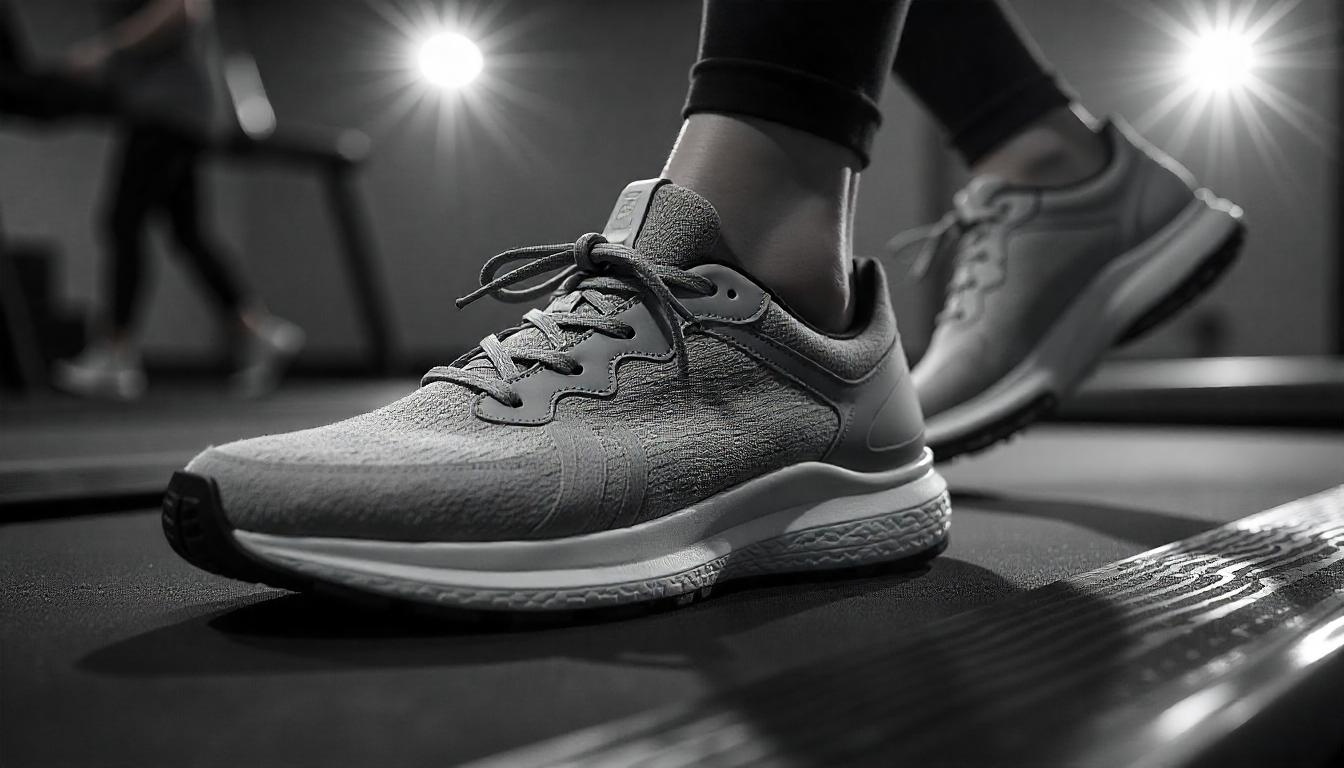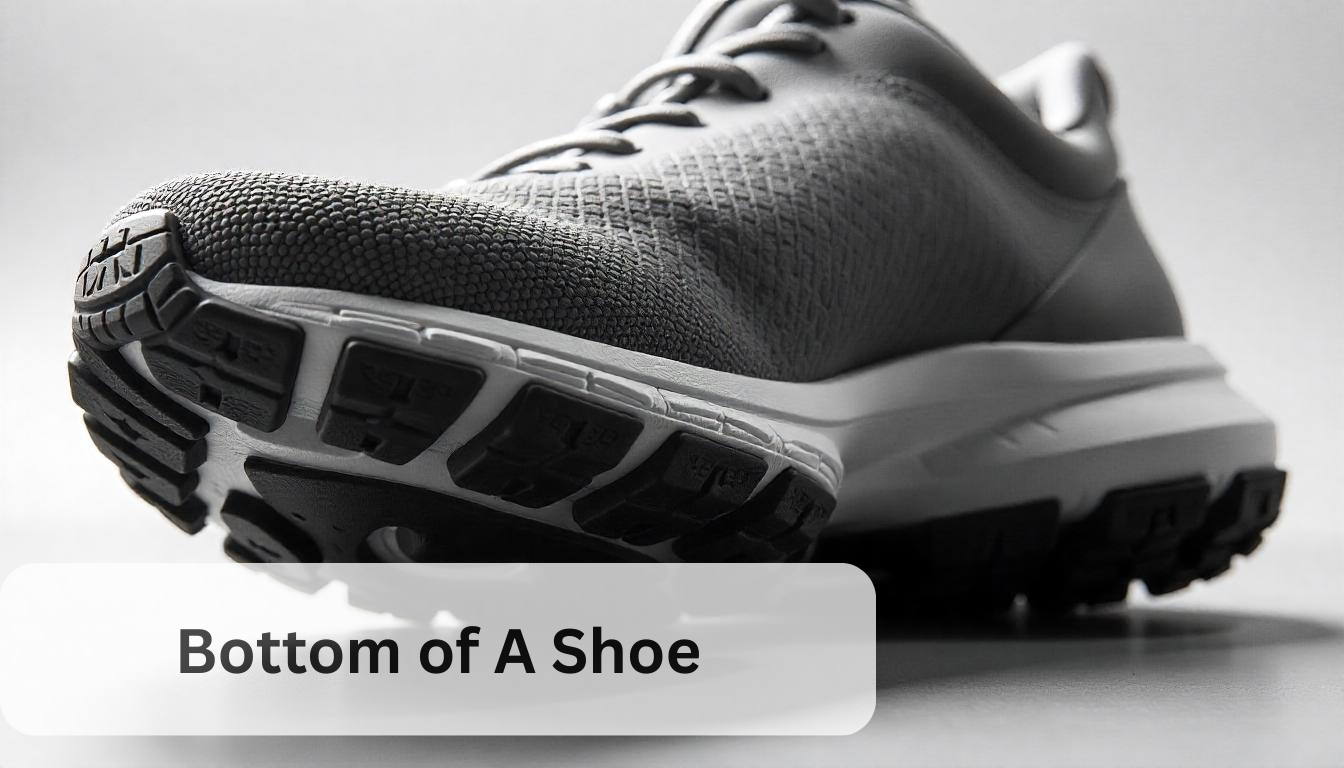When it comes to running, the right pair of shoes can make all the difference. From cushioning and comfort to performance and injury prevention, choosing the right running shoe is essential. But with so many options out there, it can be overwhelming to figure out which type suits your needs. One popular choice among runners is the stability running shoe. So, what exactly is a stability running shoe, and why should you consider one for your next run?
In this post, we’ll dive into the key features of stability running shoes, who they’re best for, and how they can enhance your running experience. Whether you’re a seasoned marathoner or a weekend jogger, learning about stability shoes could be a game-changer for your performance and comfort.
What Is a Stability Running Shoe?
A stability running shoe is designed to offer support to runners with mild to moderate overpronation. Overpronation occurs when the foot rolls inward excessively during the gait cycle, which can lead to inefficiency, discomfort, and a higher risk of injury. Stability shoes are engineered to counteract this rolling motion, providing extra support to the arch and controlling the foot’s movement.
Unlike neutral shoes, which are suitable for runners with a more natural gait, stability shoes feature a combination of cushioning and medial post (a firmer material along the inside edge of the shoe) to stabilize the foot. This helps to maintain proper alignment and prevent unnecessary strain on the body.
Key Features of Stability Running Shoes
Medial Post for Support
The primary distinguishing feature of stability running shoes is the medial post. This is a firmer material placed on the inside edge of the shoe, usually around the arch area. It helps limit excessive inward foot motion (overpronation) and maintains proper alignment while running.
Cushioning for Comfort
In addition to the medial post, stability shoes often offer additional cushioning in the midsole for enhanced comfort. This cushioning helps absorb shock and reduces impact, making your runs feel softer and less jarring on your joints.
Structured Upper Design
The upper part of a stability shoe is typically more structured than that of a neutral shoe. This design ensures a secure fit around the foot, preventing unnecessary movement inside the shoe that could lead to discomfort or blisters.
Durability
Stability running shoes are built to last. Their reinforced design not only prevents overpronation but also provides long-term durability, especially for runners who put in high mileage. The materials used in the construction of these shoes are typically more robust to withstand the demands of frequent running.
Who Should Wear Stability Running Shoes?
Stability shoes are ideal for runners who experience mild to moderate overpronation. However, it’s important to note that not every runner needs stability shoes. Here’s how to know if they’re the right choice for you:
Overpronation: If your feet roll inward excessively when running, you may be overpronating. This can lead to misalignment of the knees, hips, and lower back, which can cause discomfort and increase the risk of injuries such as shin splints, plantar fasciitis, and knee pain.
Flat Feet or Low Arches: Runners with flat feet or low arches often experience overpronation. Stability shoes can provide the extra support needed to help correct this motion.
Moderate to High Mileage: If you’re a frequent runner who covers long distances, stability shoes may provide the extra support and comfort needed to prevent wear and tear on your body over time.
Injury-Prone Runners: Runners who have experienced injuries in the past or who are recovering from an injury may benefit from stability shoes to help improve their form and prevent re-injury.

The Benefits of Stability Running Shoes
Improved Gait and Alignment
One of the biggest advantages of wearing a stability running shoe is the improvement in your running form. By preventing excessive inward rolling, these shoes help maintain a neutral position of the foot, leading to a more efficient stride and better alignment throughout the body.
Injury Prevention
By controlling overpronation, stability shoes reduce the risk of overuse injuries. Whether you’re dealing with shin splints, runner’s knee, or plantar fasciitis, stability shoes can provide the support needed to prevent further injury.
Enhanced Comfort
Stability shoes typically offer a balanced combination of cushioning and support. This makes them comfortable for long runs, while still providing the necessary control over foot motion. If you’re prone to foot fatigue or discomfort, stability shoes can be a great solution.
Versatility
Stability running shoes are versatile enough to handle a variety of running surfaces, whether you’re hitting the pavement, trail, or treadmill. Their supportive design ensures you’re stable no matter the terrain, making them ideal for different types of workouts.
Durability
The robust construction of stability shoes means they can withstand the rigors of long-distance running. Many stability shoes are built with durable outsoles that provide excellent traction and grip, even after many miles of wear.
How to Choose the Right Stability Running Shoe
With so many options available on the market, finding the right pair of stability running shoes for your needs can be tricky. Here are some tips to help guide your selection:
Know Your Foot Type
Understanding your foot type is key when choosing any type of running shoe. If you’re unsure, consider visiting a specialty running store for a gait analysis. This will help determine whether you overpronate and how much support you need.
Consider the Level of Cushioning
Stability shoes come in various levels of cushioning, from minimal to maximum. If you prefer a softer feel underfoot, look for shoes with more cushioning. If you want a firmer, more responsive ride, opt for a model with less cushioning.
Check for Fit and Comfort
When trying on stability shoes, make sure they feel comfortable from the get-go. There should be enough room in the toe box, a snug fit around the heel, and no pressure points. Since running shoes often require a bit of a break-in period, make sure to test them out with short runs before committing to a long-distance workout.
Look for Durability Features
If you’re planning on putting in high mileage, look for shoes designed for durability. Stability shoes often come with reinforced outsoles and durable uppers that can withstand the wear and tear of frequent runs.
Read Reviews
Reading customer reviews and expert opinions can be helpful in determining which stability running shoes offer the best support, comfort, and performance. Look for shoes with positive feedback from runners who have similar gait issues or running habits.
Top Stability Running Shoes to Consider
Here are a few top-rated stability running shoes that have received praise from runners and experts alike:
Brooks Adrenaline GTS
A favorite among stability shoe enthusiasts, the Brooks Adrenaline GTS offers a great balance of cushioning and support. Its signature GuideRails technology provides extra support to help stabilize your stride while offering a smooth, comfortable ride.
Asics Gel-Kayano
The Asics Gel-Kayano is another popular choice for runners with mild to moderate overpronation. With ample cushioning and a well-structured upper, it provides both stability and comfort for long-distance runs.
Saucony Guide
The Saucony Guide is known for its lightweight feel and supportive structure. It features a medial post to help control overpronation while maintaining flexibility and responsiveness, making it a great option for runners seeking a stable, yet agile shoe.

Nike Air Zoom Structure
The Nike Air Zoom Structure is a versatile stability shoe that delivers excellent cushioning and support. Its Zoom Air unit in the forefoot adds responsiveness, while the medial post provides stability during each stride.
New Balance 860v11
The New Balance 860v11 offers a reliable combination of cushioning and stability. It’s ideal for runners who need extra arch support and want a shoe that can handle a variety of distances and running surfaces.
Frequently Asked Questions
What is the difference between stability running shoes and neutral running shoes?
Stability running shoes are designed for runners who overpronate, meaning their feet roll inward excessively. These shoes provide extra support, particularly on the inner side of the shoe, to prevent overpronation and ensure better alignment. Neutral running shoes, on the other hand, are for runners with a more neutral gait who don’t experience excessive inward rolling of the feet. Neutral shoes offer cushioning but don’t have the added support that stability shoes provide.
Who should wear stability running shoes?
Stability running shoes are ideal for runners who experience mild to moderate overpronation. They are also suitable for those with flat feet or low arches, as these foot types are more prone to overpronation. If you’ve experienced discomfort or injuries related to overpronation, such as knee pain or shin splints, stability shoes may provide the extra support you need to correct your stride and prevent further injury.
Can stability running shoes help prevent injuries?
Yes, stability running shoes are designed to help prevent injuries caused by overpronation. By offering added support to the arch and controlling foot motion, these shoes help maintain proper alignment and reduce the stress placed on joints. This can lower the risk of common running injuries, including shin splints, plantar fasciitis, and knee pain, especially for those with overpronation issues.
How do I know if I need stability running shoes?
If you notice your feet rolling inward while running or if you experience discomfort such as knee pain or shin splints, you might benefit from stability running shoes. Additionally, if you have flat feet or low arches, you’re more likely to overpronate, making stability shoes a good choice. For a more accurate assessment, consider visiting a specialty running store for a gait analysis.
Can I wear stability running shoes for everyday activities?
While stability running shoes are specifically designed for running, they can also be worn for everyday activities, especially if you require extra support due to overpronation or other foot issues. However, if you’re using them for non-running purposes, be aware that they may feel a bit more structured or firm compared to casual shoes.
Conclusion
So, what is a stability running shoe? It’s a shoe designed to help correct overpronation, providing support, cushioning, and stability for a more efficient and comfortable run. Whether you’re new to running or you’re a seasoned marathoner, stability shoes can offer the support you need to stay injury-free and perform at your best.
If you’re ready to take your running to the next level, consider investing in a pair of stability running shoes. Take your time to find the right fit, and don’t hesitate to seek expert advice to ensure you’re choosing the best option for your needs. With the right pair of shoes, you can run with confidence, knowing you’re giving your body the support it deserves.







